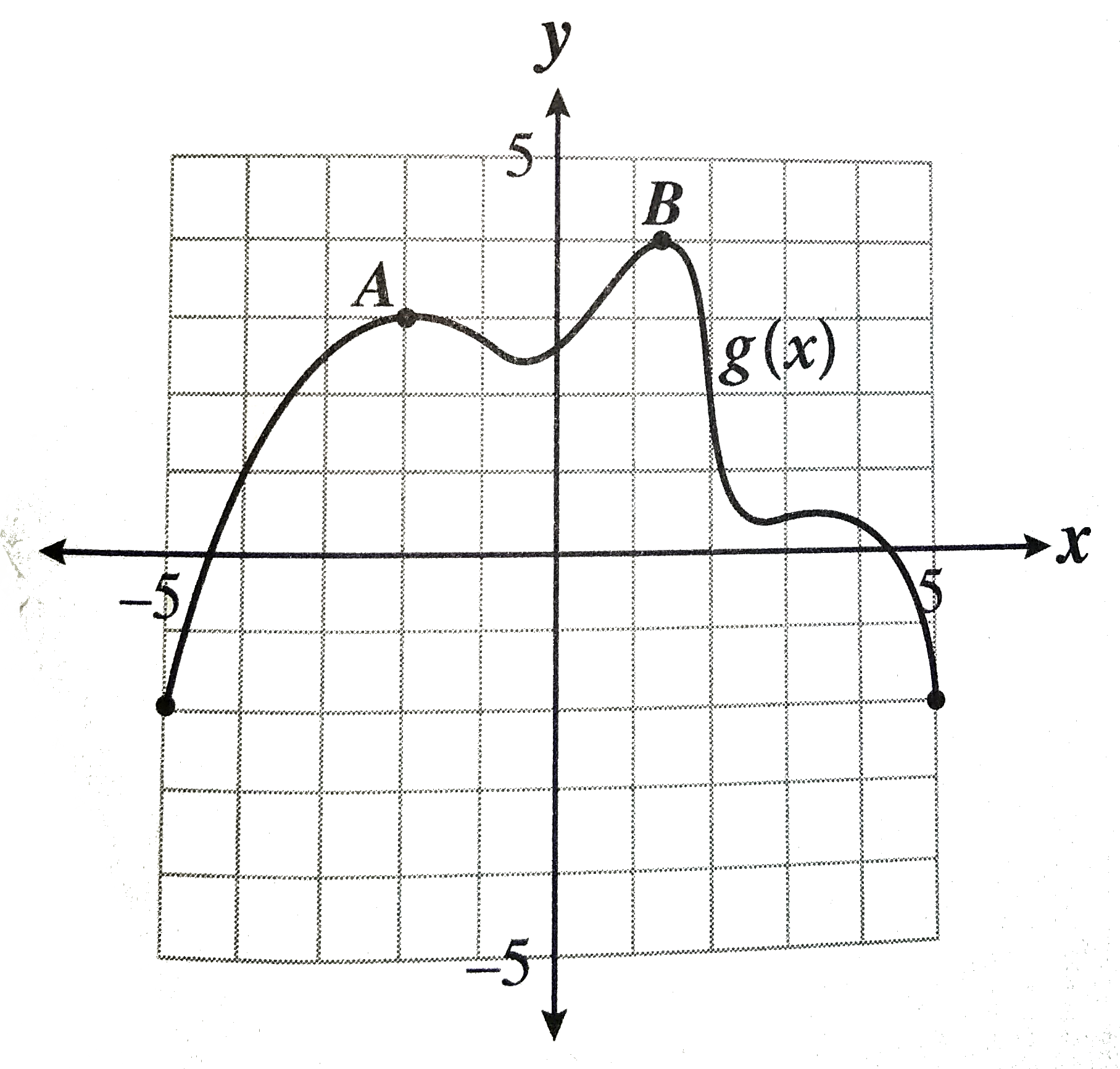Let f(x)=g(x)h(x), where g and h are continuous functions on the open interval (a, b). Which of the following statements is true for a<x<b ?
(a)f is continuous at all x for which x≠0
(b)f is continuous at all x for which g(x) = 0
(c)f is continuous at all x for which g(x)≠0
(d)f is continuous at all x for which h(x)≠0
The correct Answer is:D
To solve the problem, we need to analyze the function f(x)=g(x)h(x), where g(x) and h(x) are continuous functions on the open interval (a,b). We want to determine which statement is true regarding the continuity of f(x) in the interval (a,b).
1. Understanding Continuity:
- A function is continuous at a point if the limit of the function as it approaches that point is equal to the function's value at that point.
- For f(x) to be continuous, both g(x) and h(x) must be continuous, and h(x) must not be equal to zero.
2. Condition for Division:
- The function f(x)=g(x)h(x) is defined and continuous wherever h(x)≠0.
- If h(x)=0 at any point in the interval (a,b), then f(x) will be undefined at that point, leading to discontinuity.
3. Conclusion:
- Therefore, f(x) is continuous at all points x in the interval (a,b) where h(x)≠0.
- This leads us to the conclusion that the correct statement is: "f is continuous at all x for which h(x) is not equal to 0."
Final Answer:
The correct option is D: f is continuous at all x for which h(x) ≠ 0.
---
- A function is continuous at a point if the limit of the function as it approaches that point is equal to the function's value at that point.
- For f(x) to be continuous, both g(x) and h(x) must be continuous, and h(x) must not be equal to zero.
- The function f(x)=g(x)h(x) is defined and continuous wherever h(x)≠0.
- If h(x)=0 at any point in the interval (a,b), then f(x) will be undefined at that point, leading to discontinuity.
- Therefore, f(x) is continuous at all points x in the interval (a,b) where h(x)≠0.
- This leads us to the conclusion that the correct statement is: "f is continuous at all x for which h(x) is not equal to 0."
The correct option is D: f is continuous at all x for which h(x) ≠ 0.
Topper's Solved these Questions
- BOOK - ARIHANT MATHS ENGLISHCHAPTER - CONTINUITY AND DIFFERENTIABILITYEXERCISE - Exercise (More Than One Correct Option Type Questions)25videos
CONTINUITY AND DIFFERENTIABILITY
- BOOK - ARIHANT MATHS ENGLISHCHAPTER - CONTINUITY AND DIFFERENTIABILITYEXERCISE - Exercise (Statement I And Ii Type Questions)11videos
CONTINUITY AND DIFFERENTIABILITY
- BOOK - ARIHANT MATHS ENGLISHCHAPTER - CONTINUITY AND DIFFERENTIABILITYEXERCISE - Exercise For Session 79videos
CONTINUITY AND DIFFERENTIABILITY
- BOOK - ARIHANT MATHS ENGLISHCHAPTER - COMPLEX NUMBERSEXERCISE - Complex Number Exercise 82videos
COMPLEX NUMBERS
- BOOK - ARIHANT MATHS ENGLISHCHAPTER - COORDINATE SYSTEM AND COORDINATES EXERCISE - Exercise (Questions Asked In Previous 13 Years Exam)7videos
COORDINATE SYSTEM AND COORDINATES
Similar Questions
Knowledge Check
- Question 1 - Select One
For all real numbers x, let the function g be defined by g(x)=p(x−h)2+k, wher p, h and k are constants with p,k>0. Which of the following CANNOT be true?
Ag(7)=−hBg(7)=2Cg(0)=−2Dg(0)=2
Let G(x)=(1ax−1+12)F(x), where a is a positive real number not equal to 1 and f(x) is an odd function. Which of the following statements is true? (a)G(x) is an odd function (b)G(x)is an even function (c)G(x) is neither even nor odd function. (d)Whether G(x) is an odd or even function depends on the value of a
View SolutionThe functionf(x)=⎧⎪ ⎪ ⎪ ⎪⎨⎪ ⎪ ⎪ ⎪⎩x2a0≤x<1a1≤x<√22b2−4bx2√2≤x<∞ is a continuous for 0≤x<∞. Then which of the following statements is correct?
View Solutionif f(x) and g(x) are continuous functions, fog is identity function, g'(b)=5 and g(b)=a then f'(a) is
View SolutionLet f(x)=[x],g(x)=|x|andf{g(x)}=h(x) ,where [.] is the greatest integer function . Then h(-1) is
View SolutionSuppose y=f(x) and y=g(x) are two continuous functiond whose graphs intersect at the three points (0,4),(2,2) and (4,0) with f(x)>g(x) for 0<x<2 and f(x)<g(x) for 2<x<4. If ∫40[f(x)−g(x)]dx=10and∫42[g(x)−f(x)]dx=5 the area between two curves for 0<x<2,is (A) 5 (B) 10 (C) 15 (D) 20
View SolutionIf →a and →b are two unit vectors and θ is the angle between them, then the unit vector along the angular bisector of →a and →b will be given by
View SolutionLet f(x)=sin−1x,g(x)=cos−1x and h(x)=tan−1x. For what complete interval of variation of x then following are true.
 View Solution
View Solution


